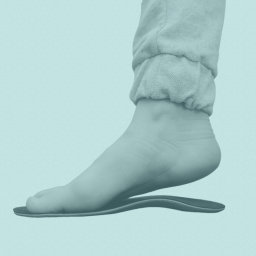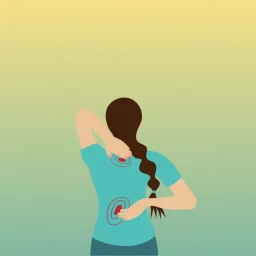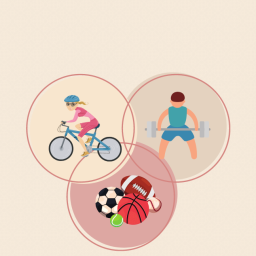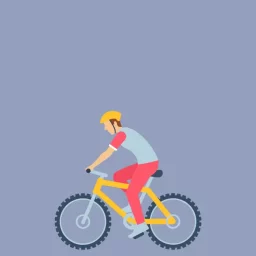How to Add Cross-training to Your Running Plan
As the weather continues to get warmer, it’s time to get outside and get running! Tamarack Ottawa Race Weekend is also quickly approaching. This annual race in our Nation’s Capital welcomes tens of thousands of runners each year. It is the biggest multi-distance race event in Canada and has the largest marathon in Canada. The weekend-long event hosts a total of six races, including the Tartan Ottawa Marathon, the Ottawa Half-Marathon, the Ottawa Otto’s 10k, the Asics Runkeeper 5k and 2k, and the Kids’ Marathon.
Race weekend participants have been lacing up to get their bodies and minds prepared for the big day. There are many important aspects to consider when it comes to proper preparation for a running event. Whether you’re a first-time racer or a veteran runner, you quickly discover what works best for you when it comes to getting ready. This includes ideal footwear, socks, layers, hydration, nutrition, training, rest, and recovery. Cross-training is an important element to consider as well.
Why should runners cross-train?
When talking about running, cross-training has a specific significance. It refers to when a runner trains by doing other kinds of fitness workouts. These could be cycling, swimming, a fitness class, yoga, or strength training. The purpose is to supplement their running. Cross-training helps build strength, endurance, and flexibility while preventing injury. You’re able to work muscle groups that are used while running and others that aren’t. It takes advantage of the particular effectiveness of one training method to minimize the shortcomings of another. Cross-training keeps the body balanced and can help prevent overuse injuries.
The type of cross-training a person does depends on the individual, their preferences, their schedule, and their running focus. The ultimate goal of cross-training is to improve overall performance.
When it comes to cross-training, especially as you prepare for a race, there are some key points to consider.
Choose cross-training workouts that help you improve areas of weakness:
For example, you may step out for your first run of the season and discover that your cardiovascular fitness isn’t what it used to be. You can add some spin classes, speed walks, or outdoor hikes to your training plan to get your heart and lungs back in shape! This will make progressing to longer running distances more comfortable.
Choose cross-training workouts that allow for active recovery:
Yoga and mobility sessions are great active recovery options. Running can cause tightness in our musculoskeletal system. Making time for regular stretching, mobility drills, and relaxation can help you recover from long runs quickly. This may also help you avoid pain, stiffness, and muscle spasms while running.
Choose cross-training workouts or activities that you enjoy:
If you are going to add more to your training plate, make sure they are activities that you enjoy. You shouldn’t feel completely burnt out after your cross-training sessions. Pick activities that energize you, relax you or allow you to work out with friends.
Cross training benefits
Cross-training can easily be incorporated into your race day preparations, helping you reach your running goals. It can have many benefits for runners. The biggest and most common benefit is injury prevention.
Overuse injuries are far too common for runners. However, most overuse injuries can be prevented or at least prevented from returning. Cross-training can play a role in that prevention. Running injuries are often caused by inadequate recovery, body imbalances, biomechanical irregularities, and improper or worn-out shoes. Incorporating yoga and mobility drills into your training plan can help you stretch sore and tight muscles and keep your ankles, hips, and low back moving well. Lower body, low back, and core strength training are important for any runner.
For new runners, strength training can help your body adapt to the new demands of running. For veteran runners, strength training and other activities such as swimming can keep you in the sport. Low-impact workouts can help you maintain your running fitness without beating up your joints on the pavement or on the trails.
How we can help you achieve your running goals
If new or old injuries are preventing you from sticking to your training plan, talk to your chiropractor or physiotherapist. An evaluation, including a gait assessment, can provide important information about your body, your running technique, and why your injuries just won’t go away. Supporting your body’s foundation is important for any runner. Ask your chiropractor, if custom foot orthotics are right for you!
Don’t forget about your muscles! Take care of your sore muscles, recover faster and enhance your running performance with massage therapy at Curavita. To book an appointment, visit our online booking portal or call either of our locations. Call 613.860.8600 for our Byward location, and 613.237.9000 for our Glebe location.
Happy running!
















